- Funky design
- Good infotainment system
- Easy to drive
- Fuel economy is poor
- Ride can be a little firm
- Could be larger in size
The 2020 Hyundai Kona is a funky looking little SUV to rival the likes of the Kia Seltos, Mazda CX-30 and Nissan Qashqai. The Kona has been on sale in Australia since 2017 and has been somewhat of a sales hit since it hit our shores thanks to its value, size and equipment list. We tested the fully-loaded top of the range 2020 Hyundai Kona Highlander with the 2.0-litre engine to see if it is worthy of its sales success.
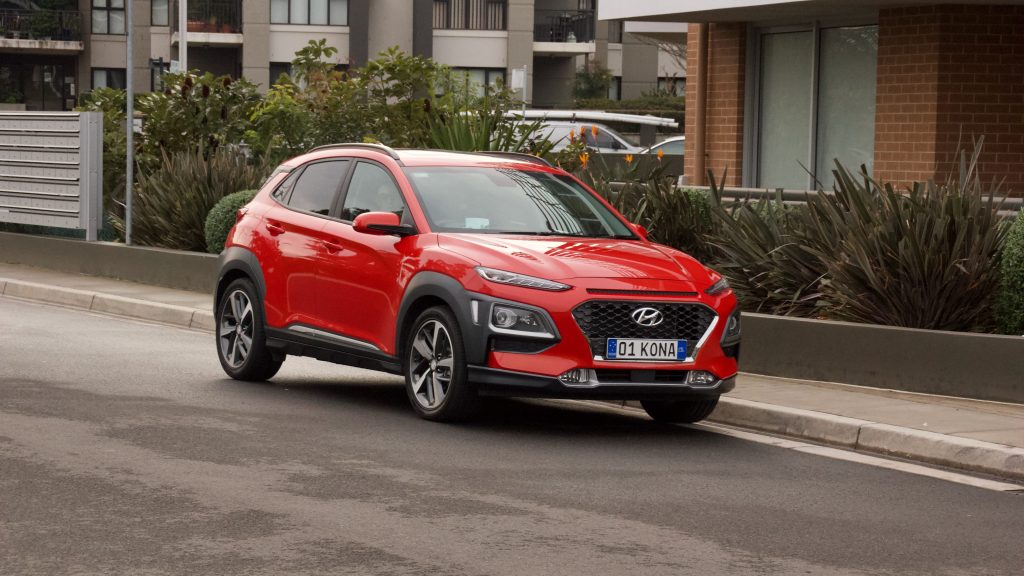
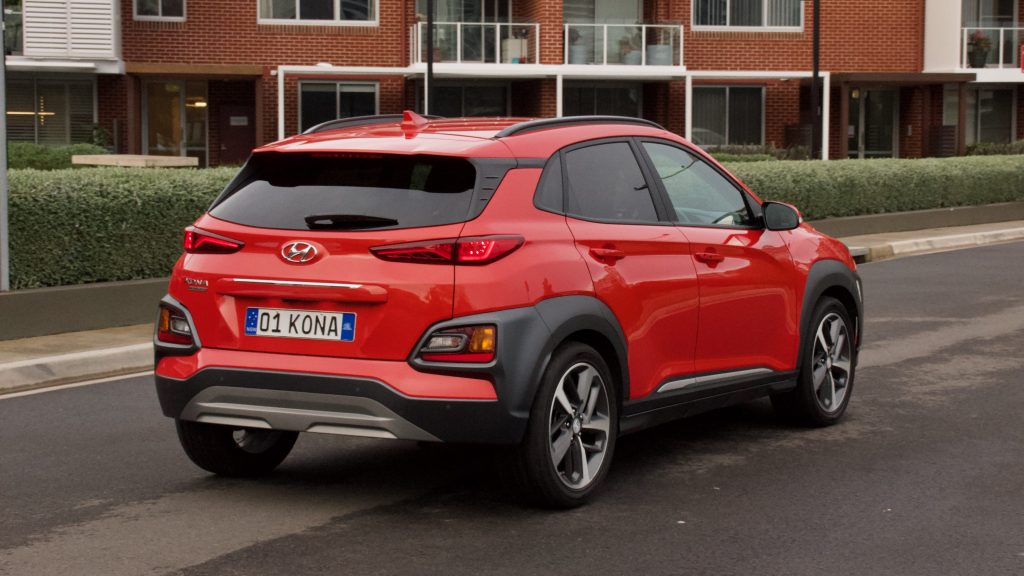
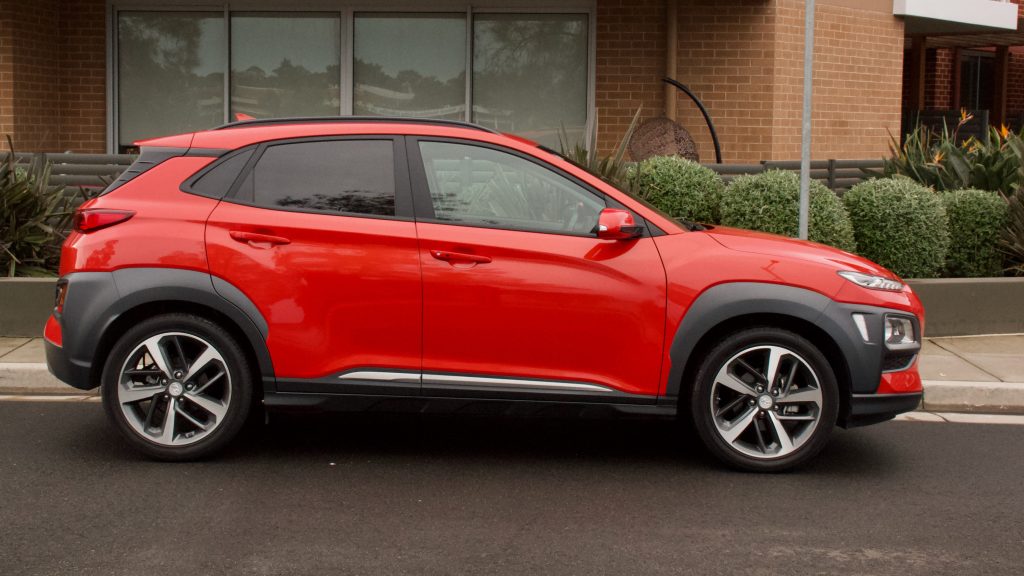
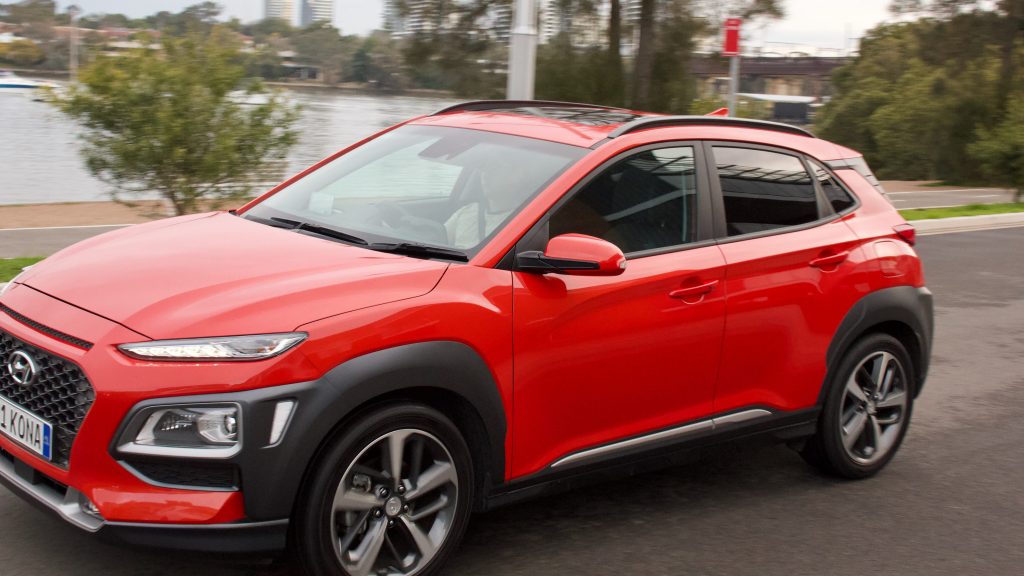
Price & Specs:
The 2020 Hyundai Kona Highlander kicks off at $36,660 plus on-road costs and while that does seem steep for a small SUV, rivals such as the Nissan Qashqai Ti will set buyers back $38,790 and the Mazda CX-30 G20 Astina $38,990.
The Kona Highlander also comes fully loaded with features such as an eight-speaker Infinity sound system, 7.0-inch multimedia screen with Apple CarPlay and Android Auto, 18-inch alloy wheels, LED headlights and tail lights, auto-folding mirrors, a sunroof, a colour heads-up display, wireless phone charging, front and rear parking sensors with a reversing camera, heated and ventilated electric front seats with a heated steering wheel, leather upholstery, keyless entry and start and auto headlights and wipers.
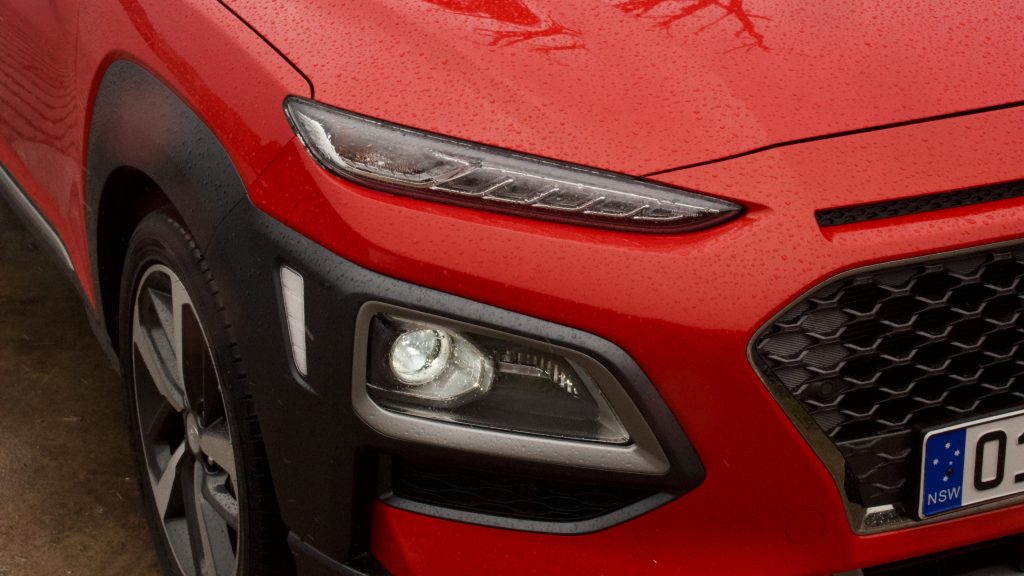
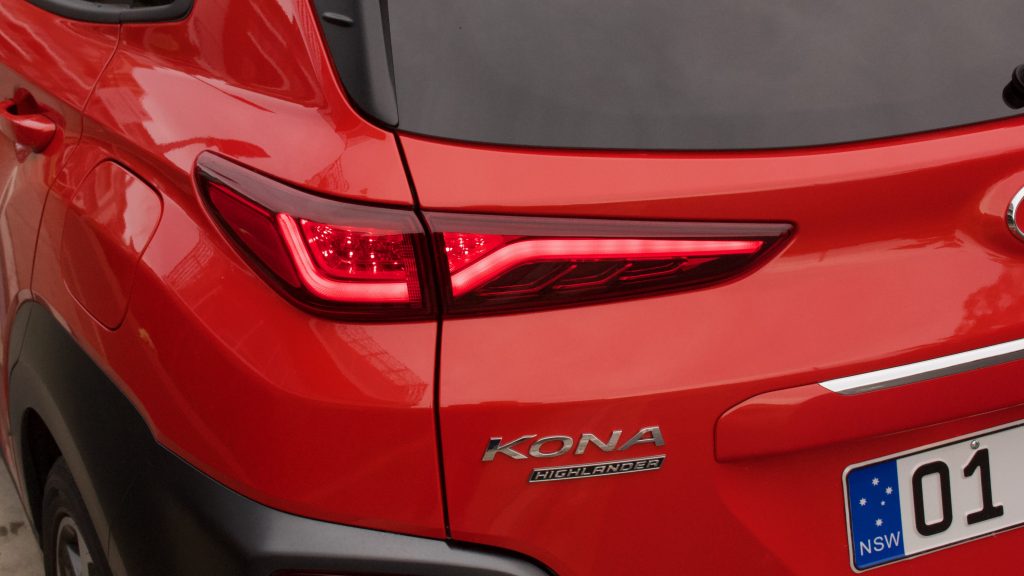
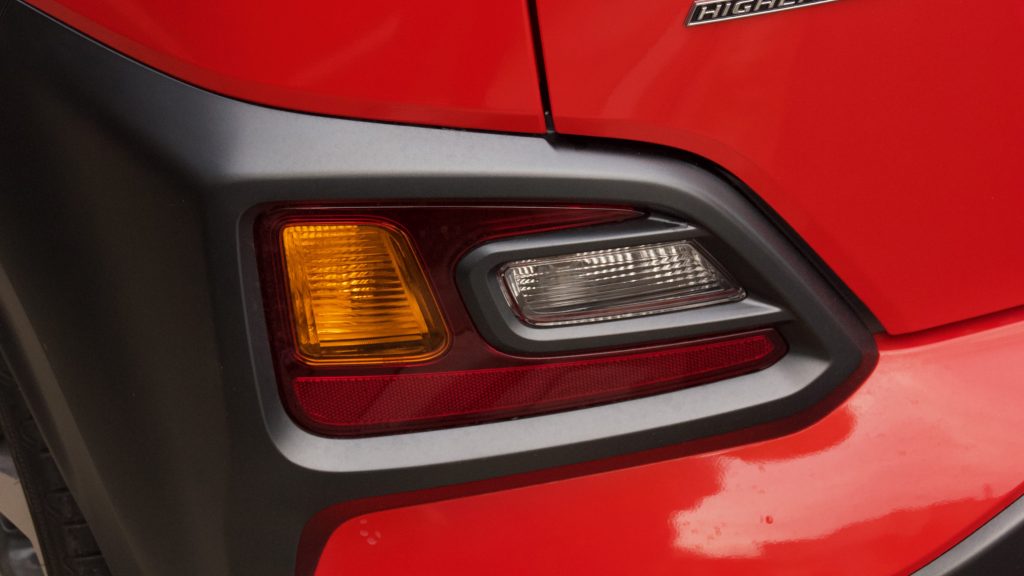
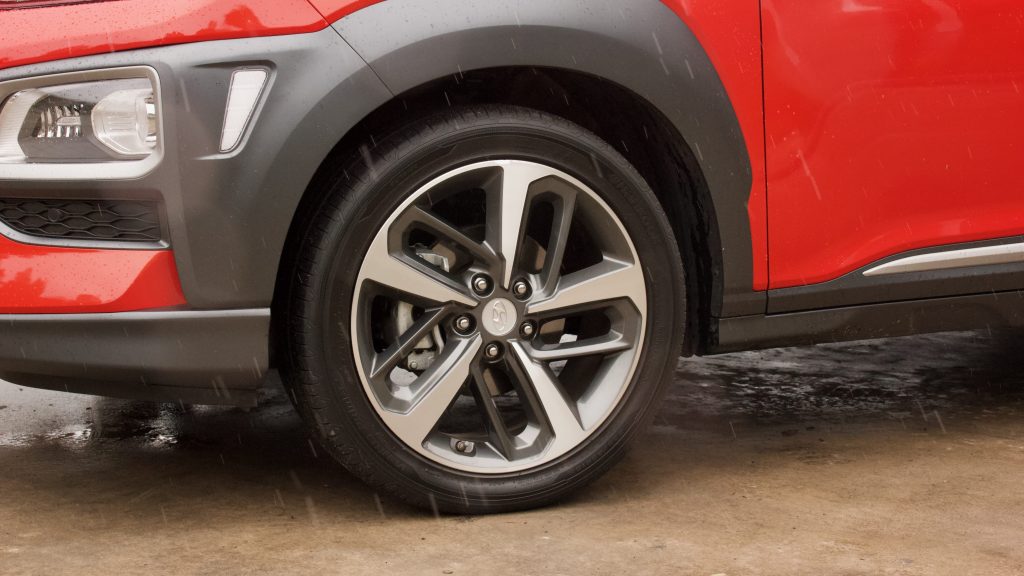
Hyundai’s ‘Smart Sense’ safety features are also standard and include auto emergency braking (AEB) with pedestrian detection, adaptive cruise control, blind-spot monitoring with rear cross-traffic alert, driver attention monitoring, auto high beam and lane departure warning with lane keep assist. The 2020 Hyundai Kona Highlander also comes with six airbags and an ANCAP test score of 5 stars.
The only options available on the 2020 Hyundai Kona Highlander are metallic paint, which sets buyers back $595. The only standard colour is ‘Chalk White’ whereas other colours include ‘Blue Lagoon’, ‘Ceramic Blue’, ‘Pulse Red’ and ‘Acid Yellow’. On the Highlander, you can also choose to have the roof pained in black as a no cost option although choosing this means you strangely lose the sunroof.
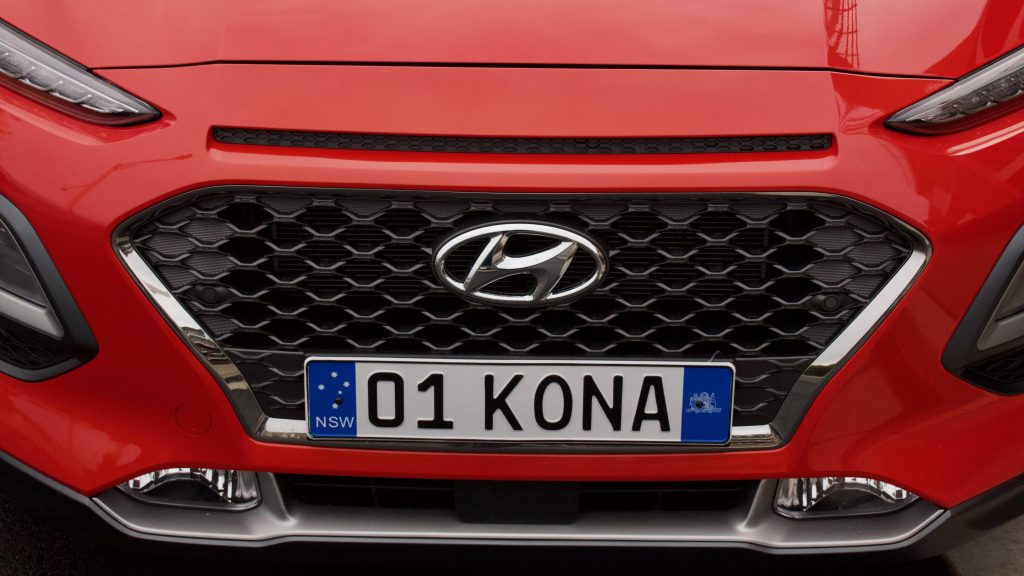
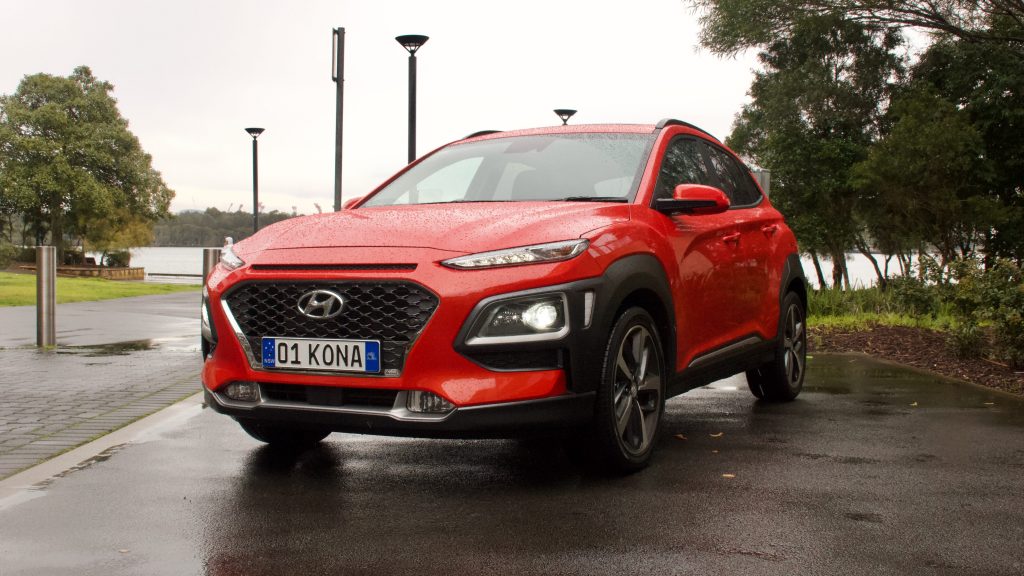
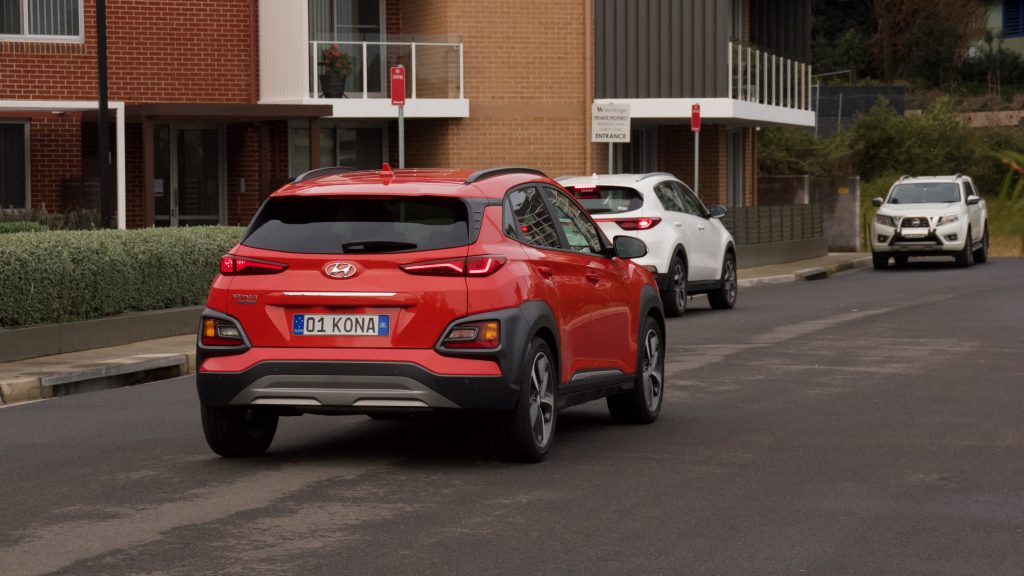
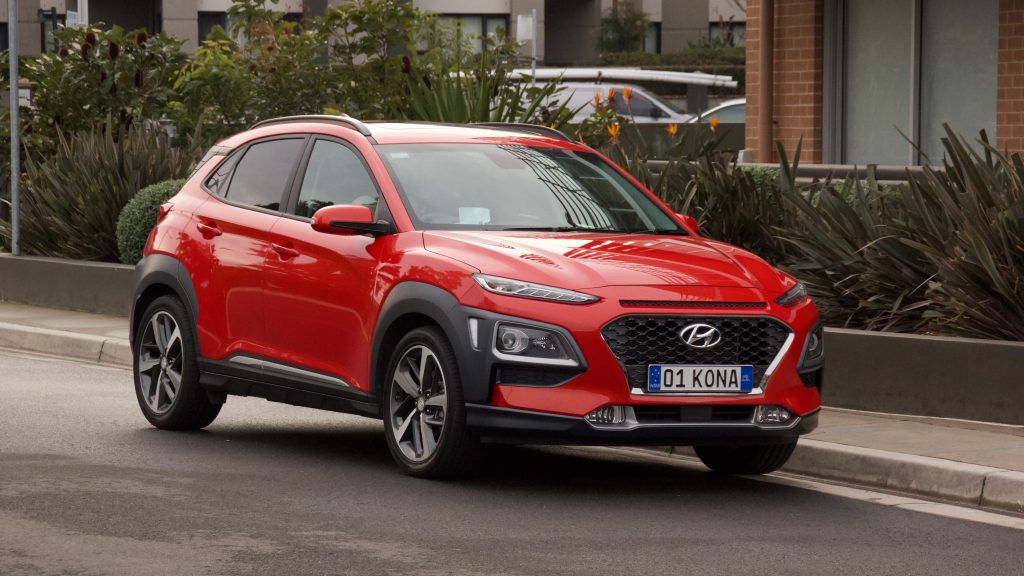
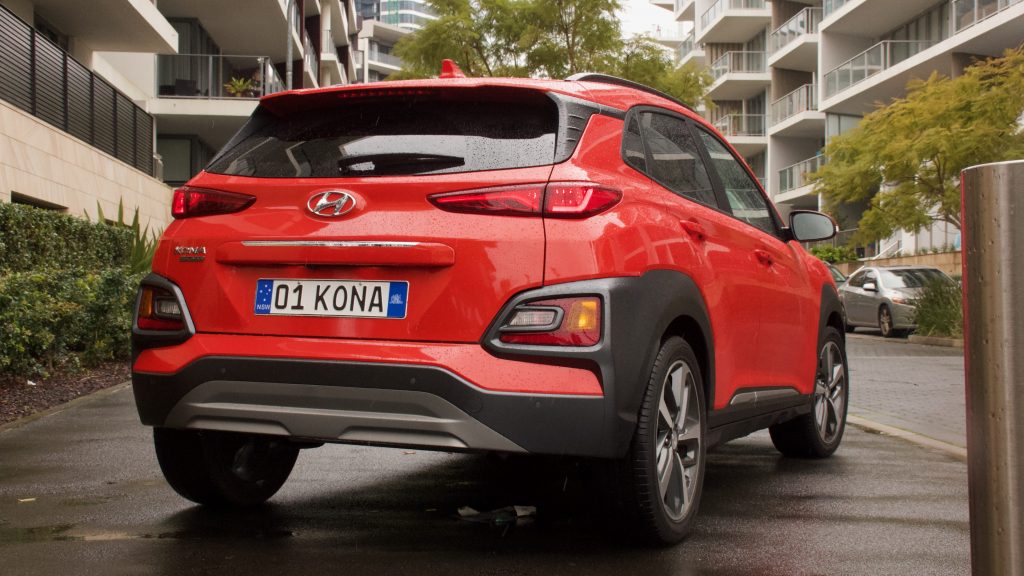
Engine & Drive:
All Kona models are powered by a 110kW/180Nm 2.0-litre four-cylinder petrol engine that sends drive through to the front wheels via a six-speed automatic transmission. This engine is used in a variety of other Hyundai Kia models, and it’s a perfectly adequate engine – its performance isn’t stellar, but it’s totally fine for around town duty.
The peak torque is produced nice and early in the rev band, which means you don’t have to rev the engine to get the most out of it – this is fortunate as the engine is quite thrashy and loud at higher revs. It’s also quite thirsty for its size – Hyundai claims 7.2L/100km combined, but our average was more like 10L/100km, which is poor. We wish the Kona hybrid were offered in Australia.
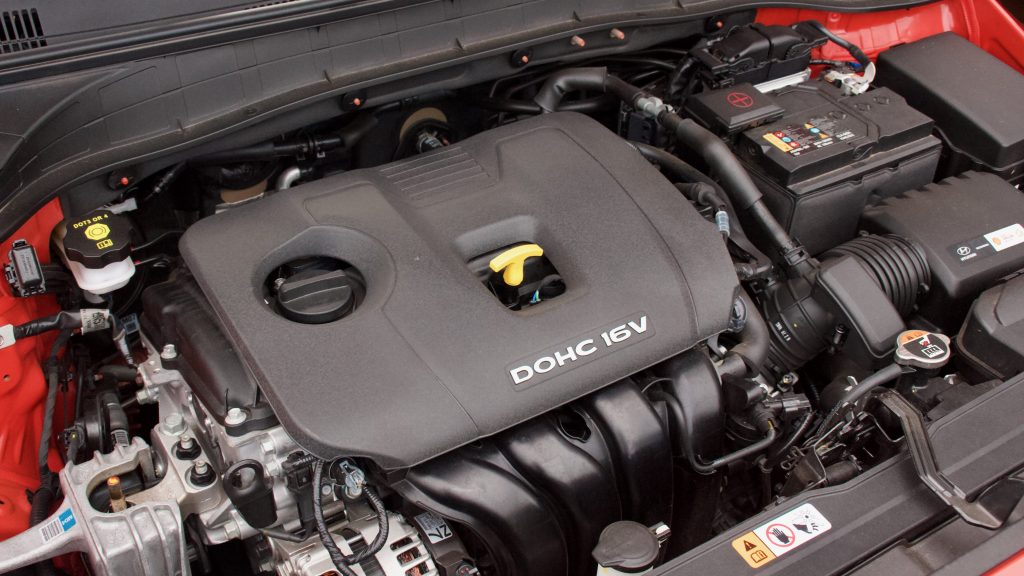
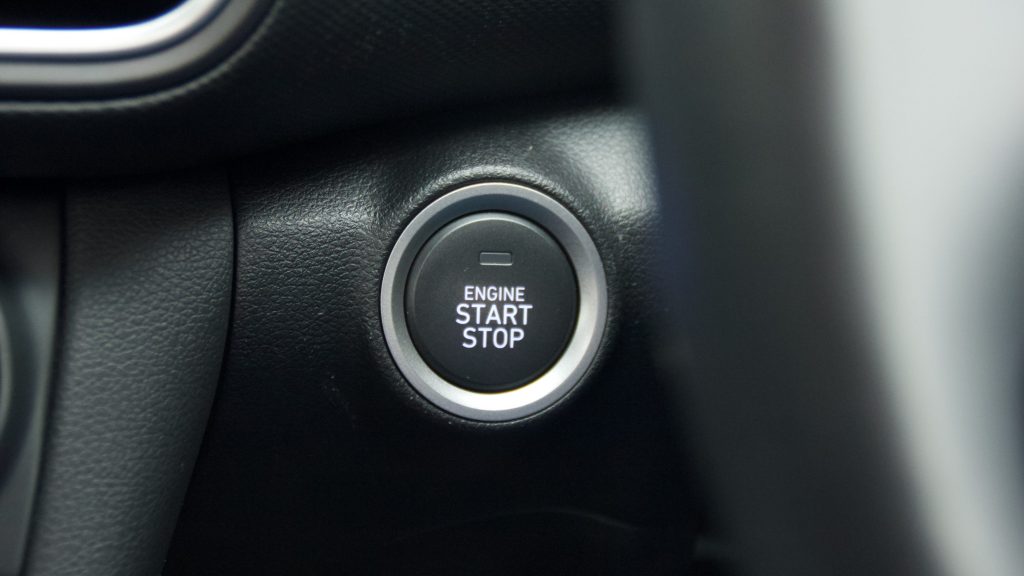

Hyundai does offer a 1.6-litre turbo engine option that’s both more powerful (130kW/265Nm) and more fuel efficient at a claimed 6.7L/100km, which is much better. This engine option also includes a seven-speed dual-clutch automatic transmission, all-wheel drive, and more sophisticated independent rear suspension setup for an additional $3,500 outlay. Money well spent, in our opinion.
Ride & Handling:
Like its Kia Seltos cousin, the 2020 Hyundai Kona does drive well – it feels solid on the road but despite its small size, it doesn’t feel overly tiny when you’re behind the wheel. The steering is nicely weighted and makes maneuvering around at slow speeds easy.
Thanks to its short wheelbase and 18-inch wheels, the Kona’s ride quality is on the firmer side. You do tend to feel bumps more than you would in a Mazda CX-30 or Skoda Karoq, which also both use torsion beam rear suspension. It’s not uncomfortable in any measure but you do feel the bumps.
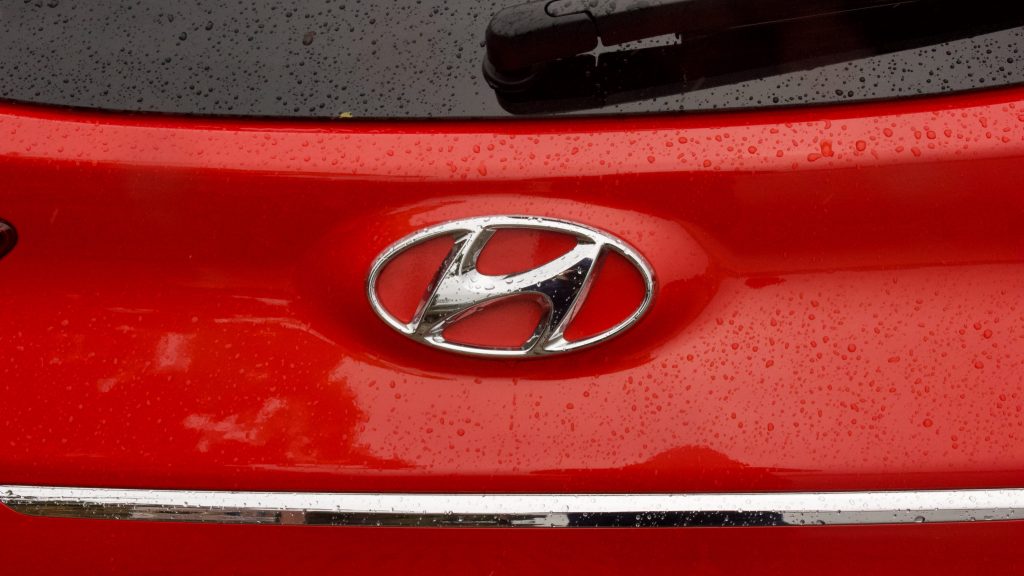
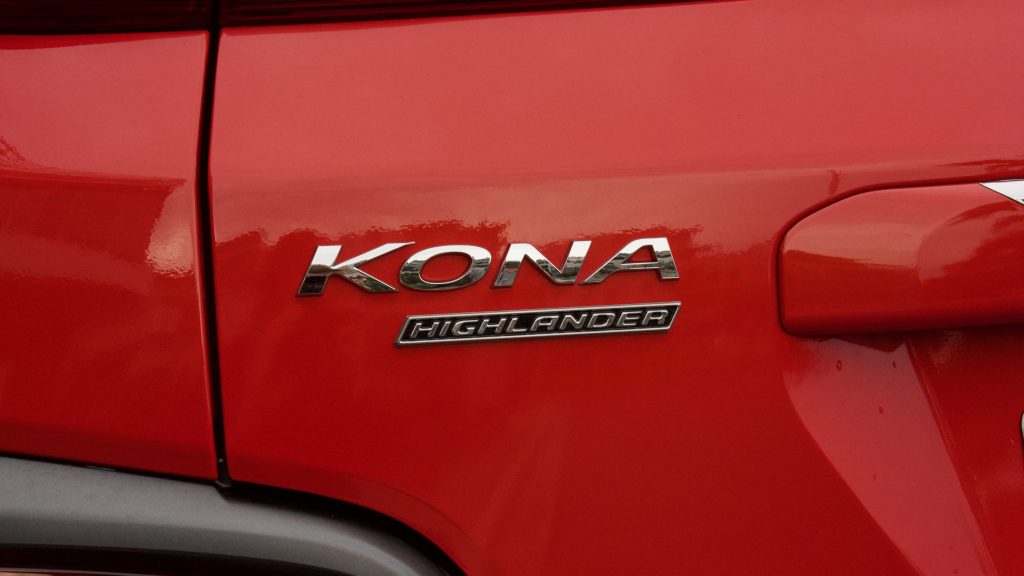
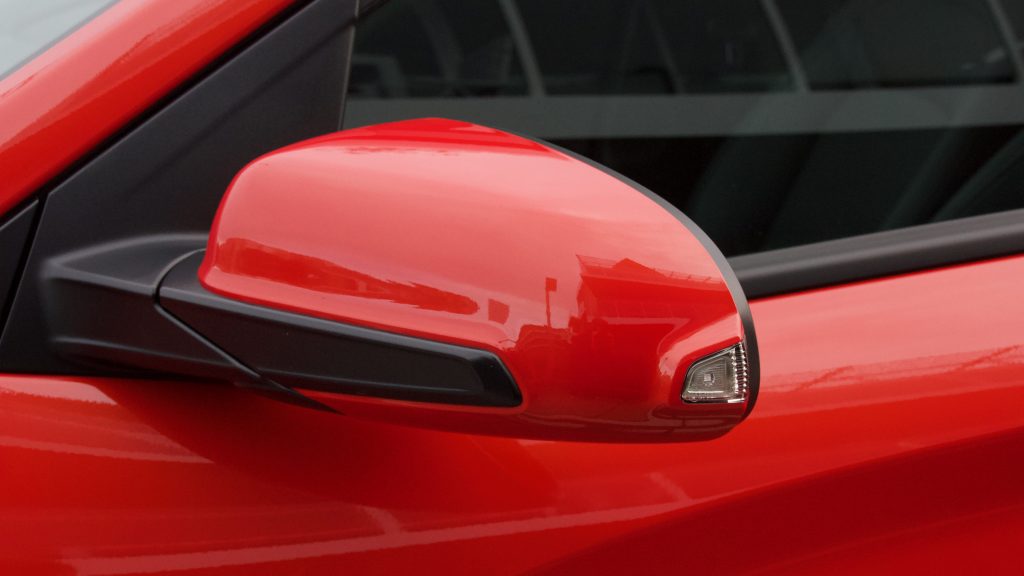
It does handle corners well though as there is minimal body role and the steering provides good feedback. When in a city setting the Kona feels right at home not being too phased by the smaller bumps but pot holes and large driveways may upset the ride.
Interior & Practicality:
The interior of the Kona is a nice place to spend time with a degree of stylishness, just like the exterior. The quality could definitely be improved however with barely any soft touch materials, and especially scratchy materials lower down. It is feature-packed with almost every conceivable gadget available in the Hyundai range at present, including a colour heads-up display. It would be better with an electric parking brake to free up more cabin space.
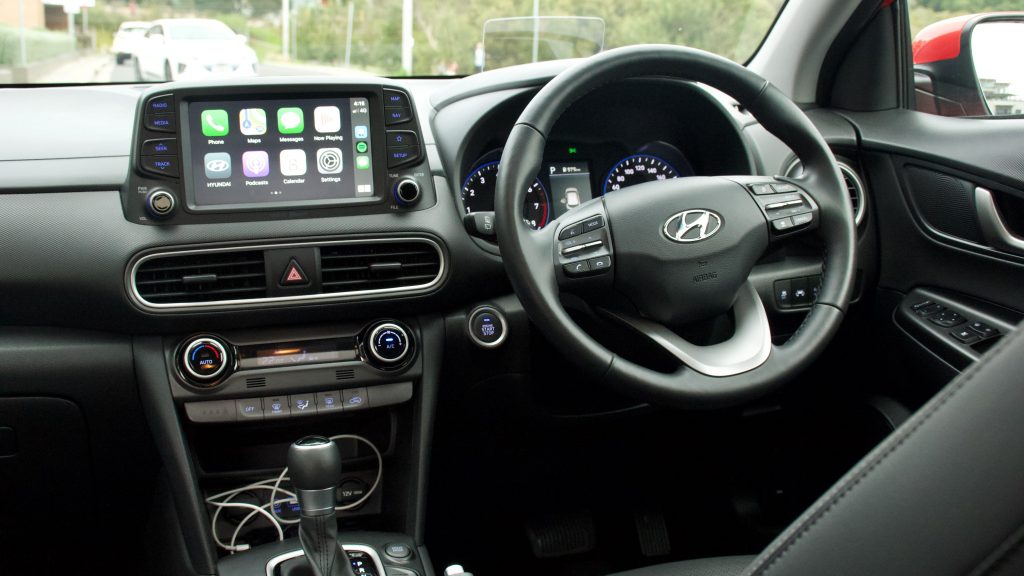
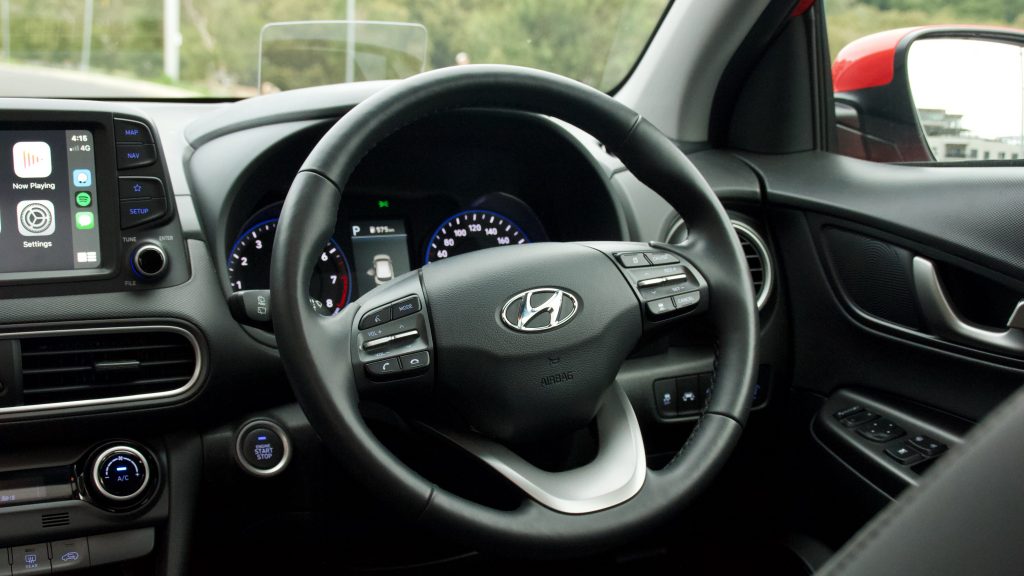
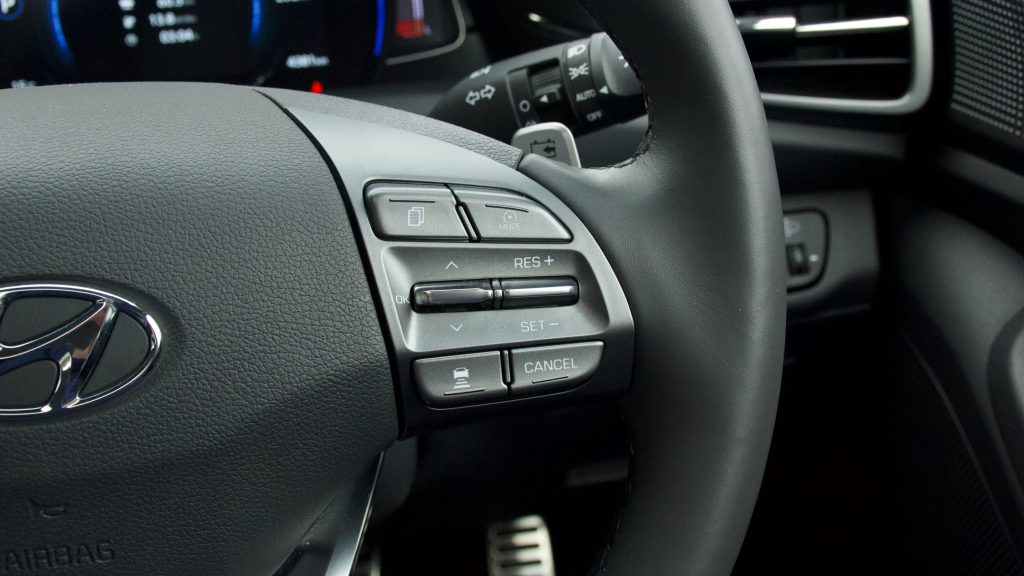
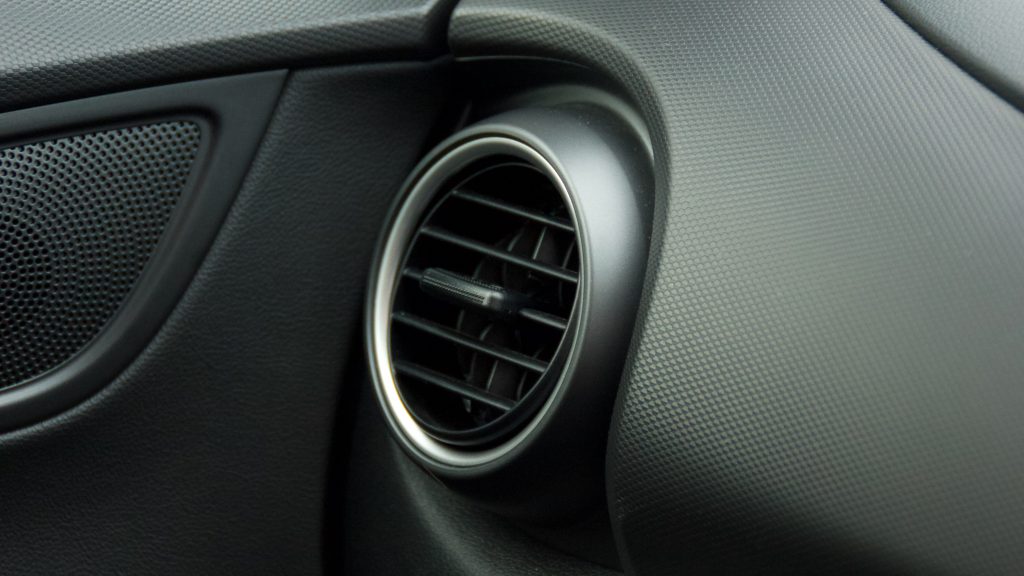
The seats are comfortable and offer great support, although they could have memory settings to make life easier when swapping drivers. The heated and cooled seats are excellent. This is also the case with the heated steering wheel, which is fantastic for those cold early mornings.
The infotainment system in the 2020 Hyundai Kona is intuitive and easy to use, though we would like to see the larger 10-inch unit from the updated Ioniq. Menus are easy to navigate and the shortcut buttons to each side of the screen make switching screens a breeze. Apple CarPlay looks good on the 7.0-inch screen but if you choose not to use it then the in-built navigation system is easy to use and displays directions through the HUD.
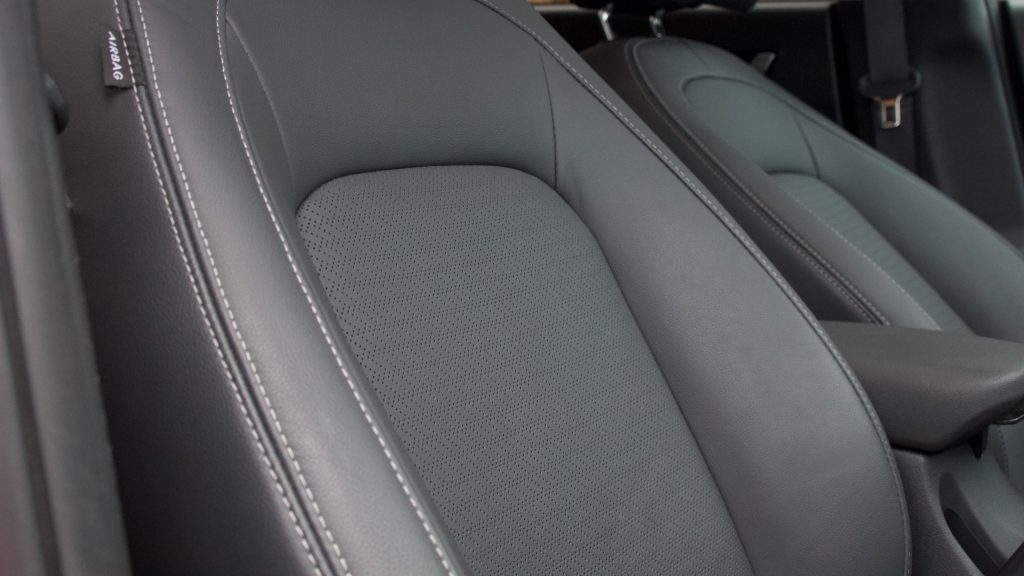
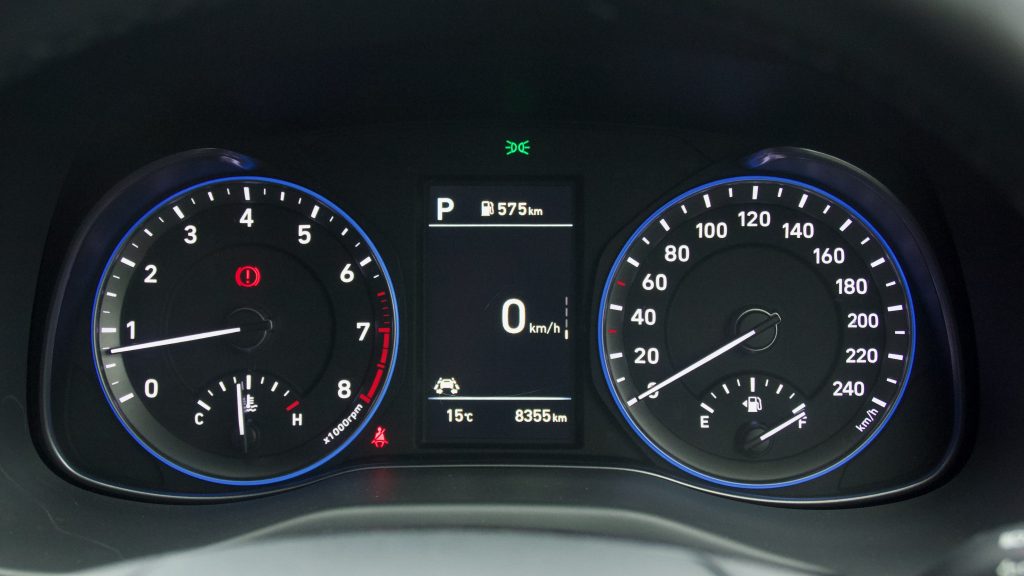
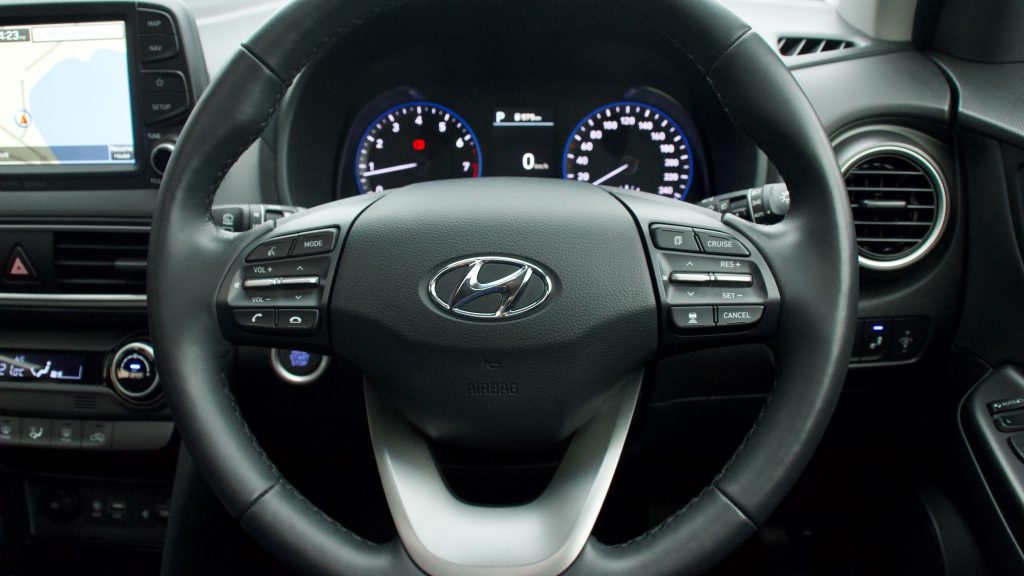
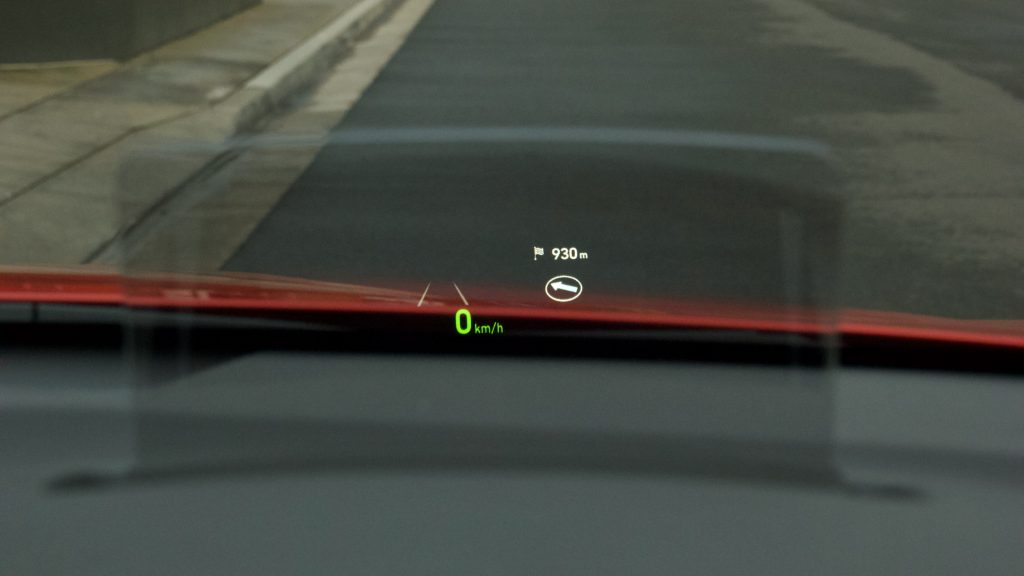
It’s definitely not the roomiest of cabins, however as the rear legroom is tight – a Skoda Karoq offers a lot more room in the back seat. You do get rear centre arm rest with cup holders but unfortunately that’s it – there are no air vents to be seen and no rear charging capability.
The boot can swallow 361 litres of cargo, which is better than the 317 litres you get in the Mazda CX-30, but not as good as the enormous 479L offered in the Skoda Karoq.
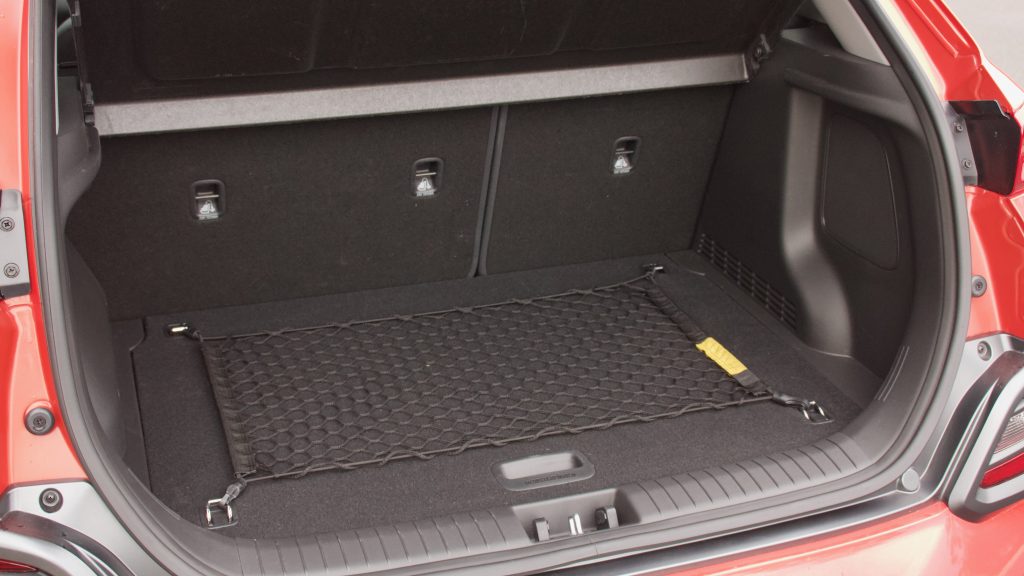
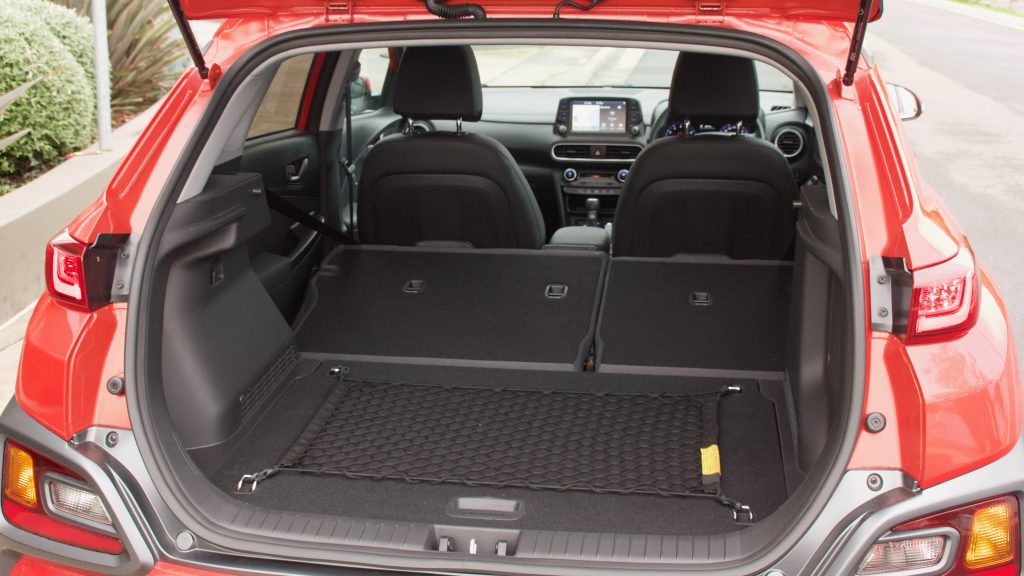
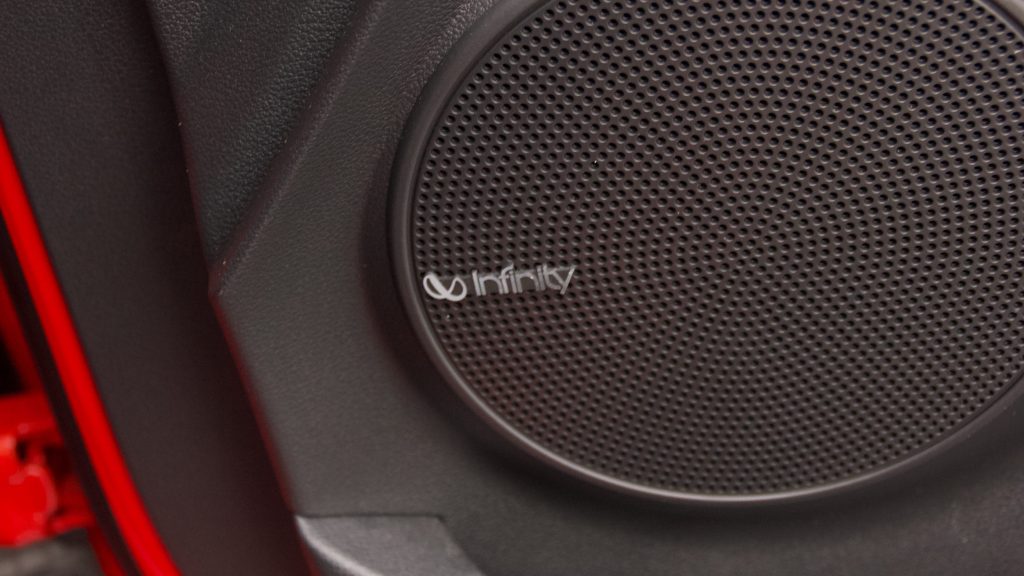
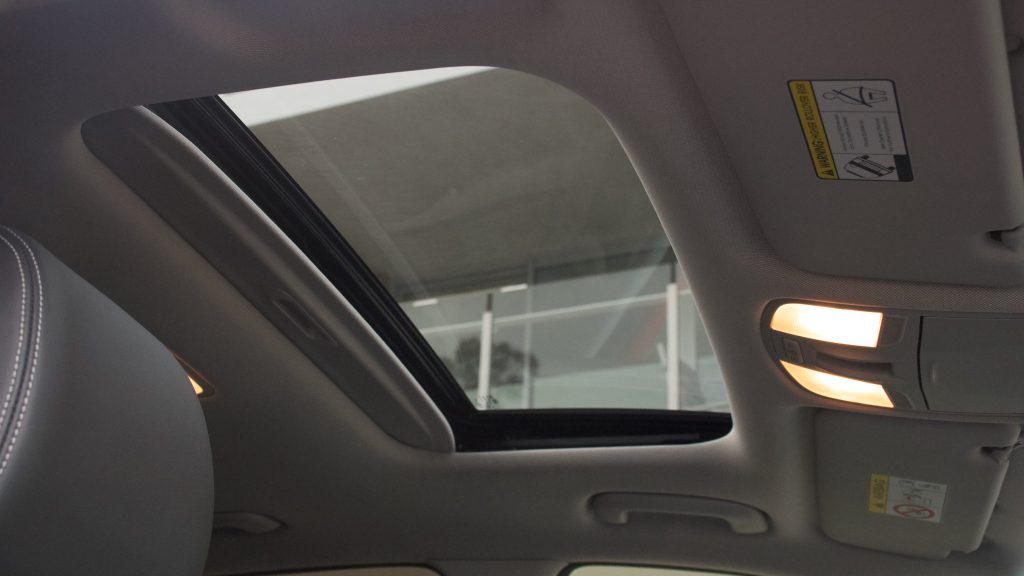
Running Costs & Warranty:
The 2020 Hyundai Kona Highlander comes with Hyundai’s five-year/unlimited kilometre warranty which is on par with what competitors offer, except for the class leading seven-year warranty from Kia. The Kona also comes with 12-months of roadside assistance upon purchase but with every scheduled service through a Hyundai dealer you receive an additional 12-months for up to five years.
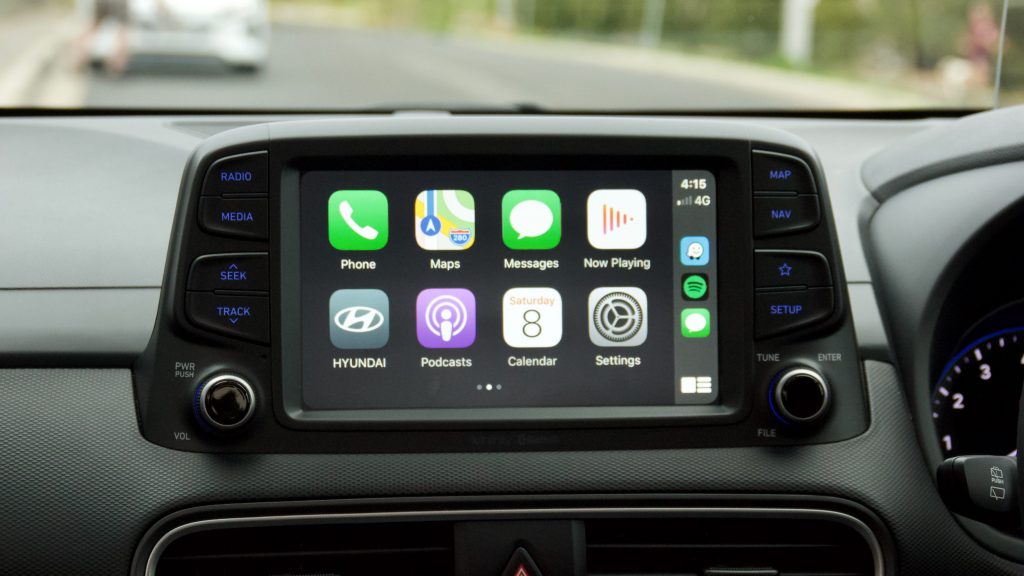
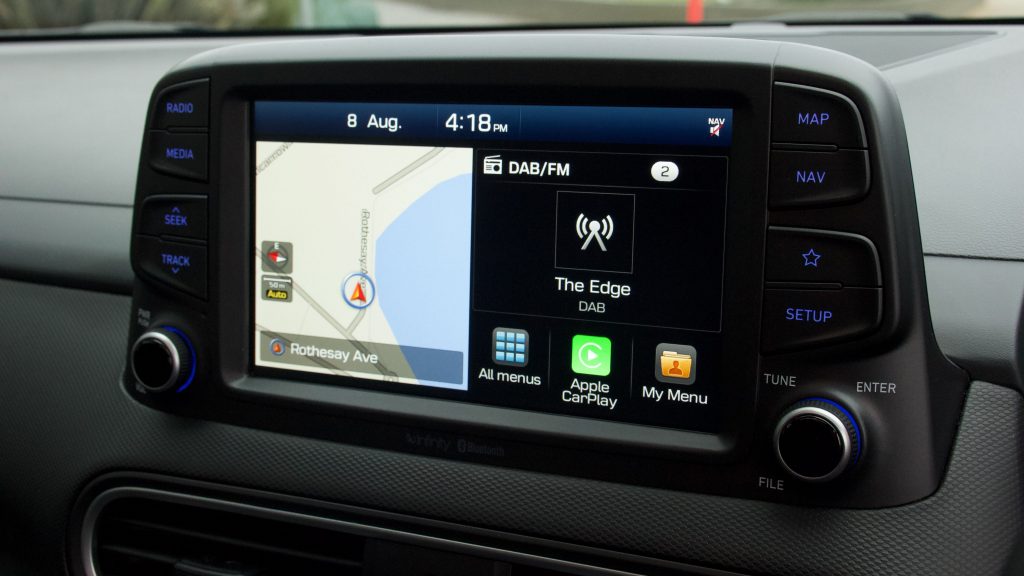
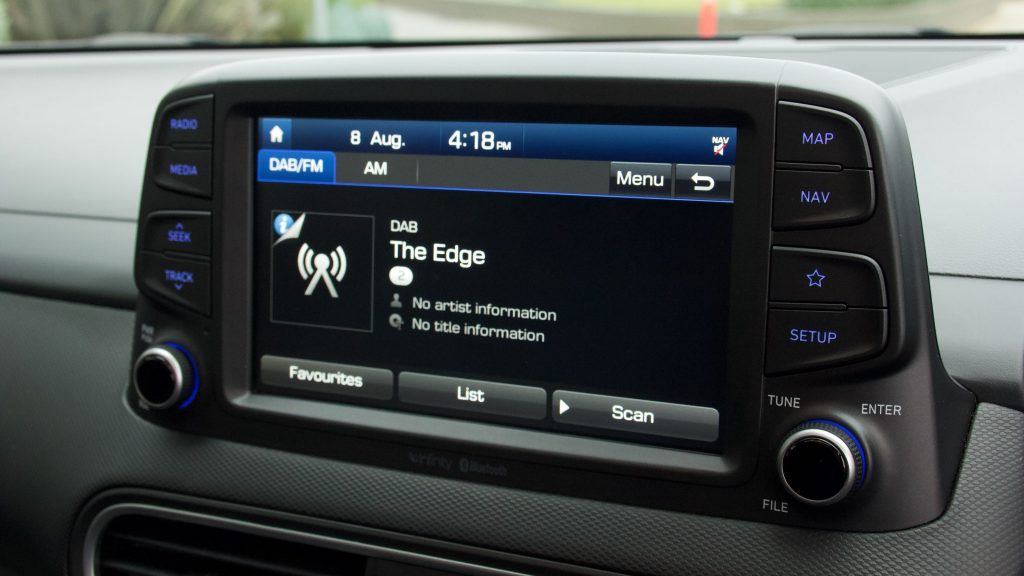
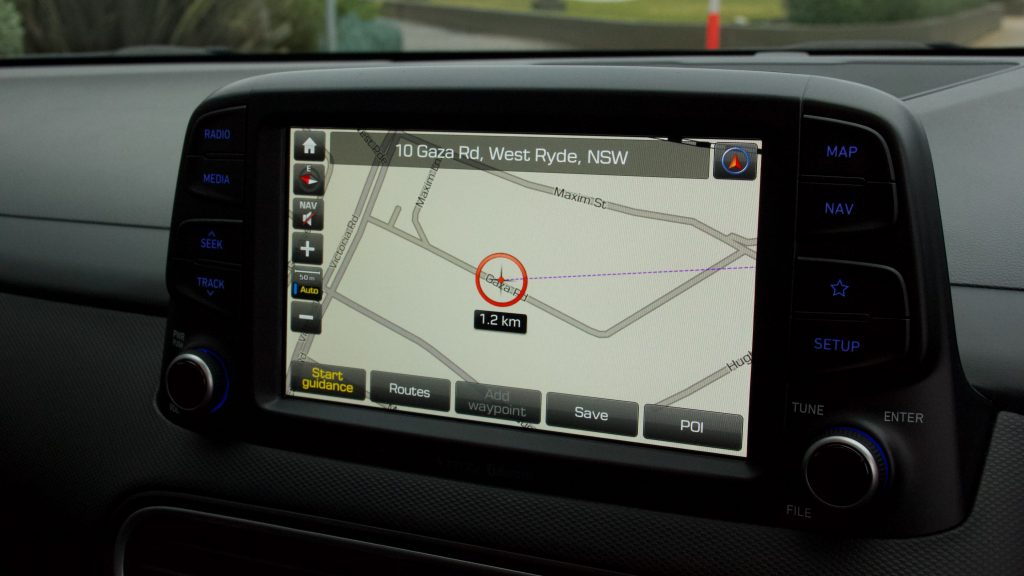
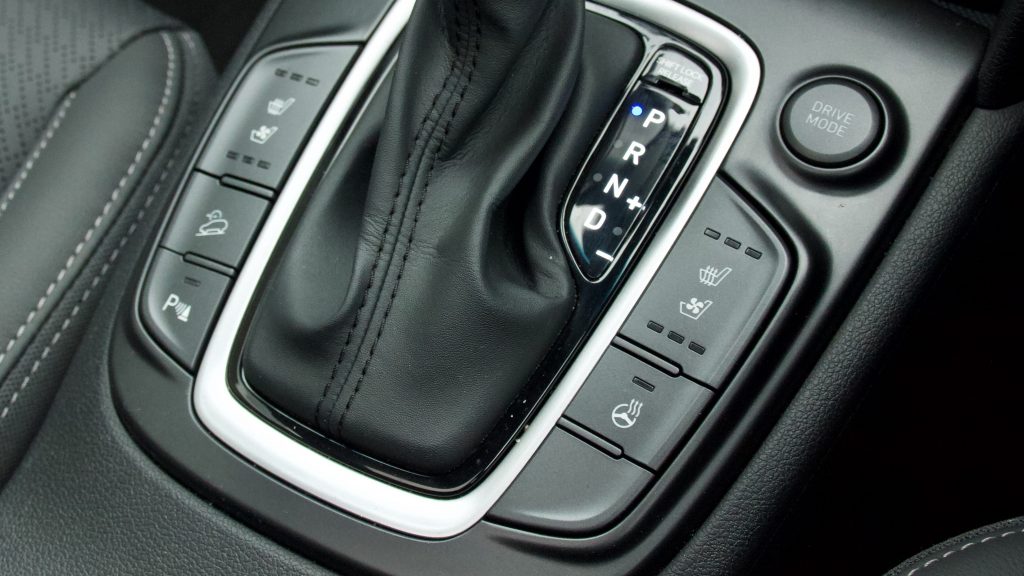
Servicing the Kona comes around every 12-months or 15,000km. The total cost of servicing the Kona for three years is $792, which costs $264 each. The overall cost of ownership over three years including servicing and fuel costs (at $1.50 a litre and for 15,000km per year) is $5,652. This isn’t as good as the Skoda Karoq which will set buyers back $5,054 over the same time period.
Conclusion: 2020 Hyundai Kona Highlander
Is the 2020 Hyundai Kona worth the time of day in the popular small SUV market? In a word, yes. It offers a feature-packed interior, a funky design and a good after sales package. There are better value competitors, but the Kona will appeal to more buyers as it is the perfect size for a city runabout.
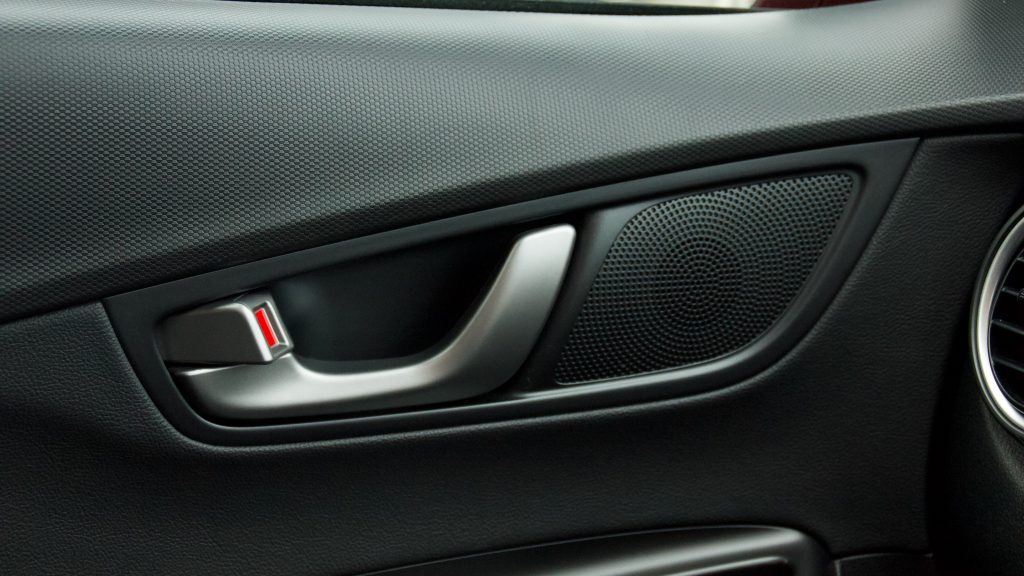
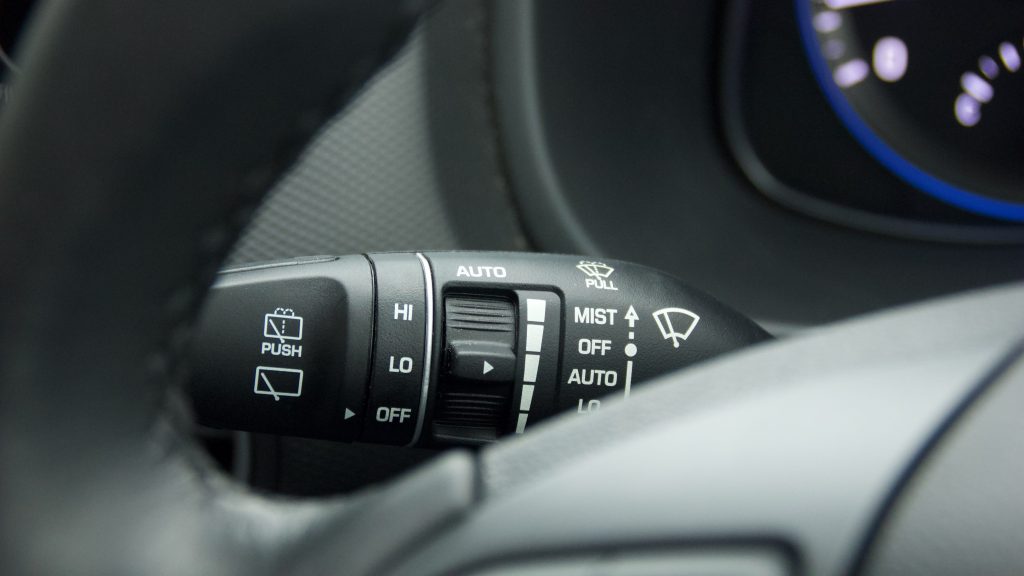
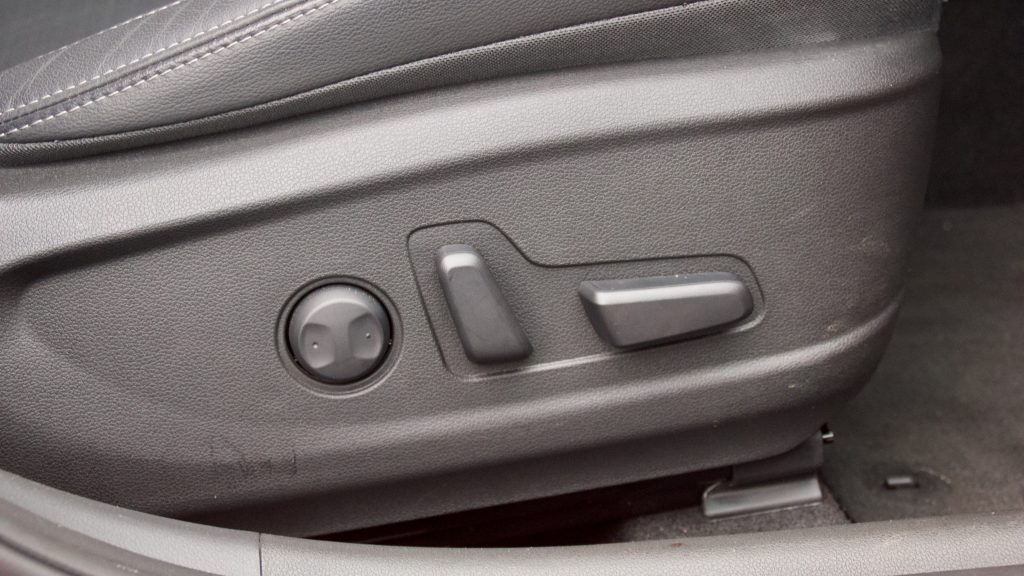
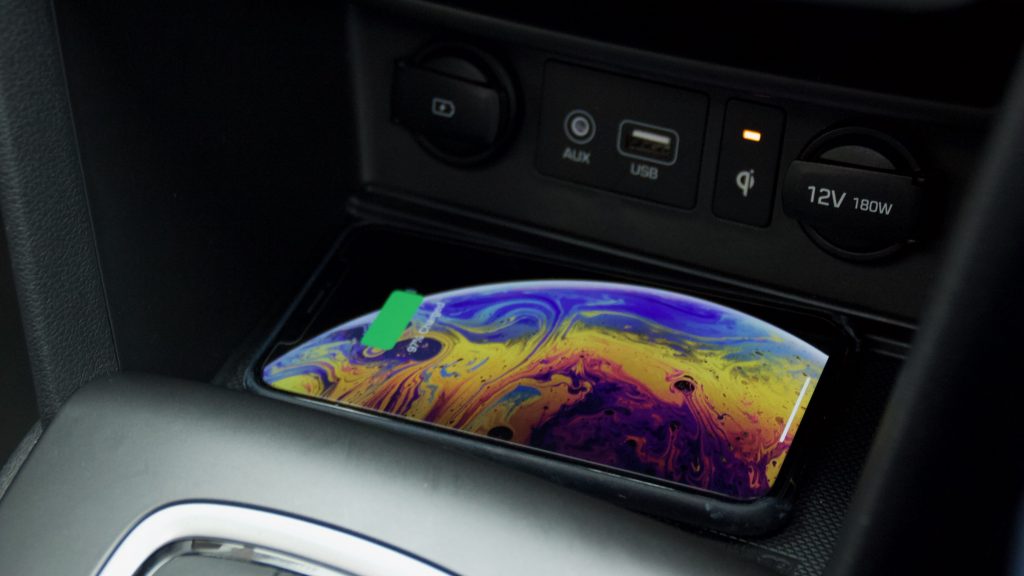
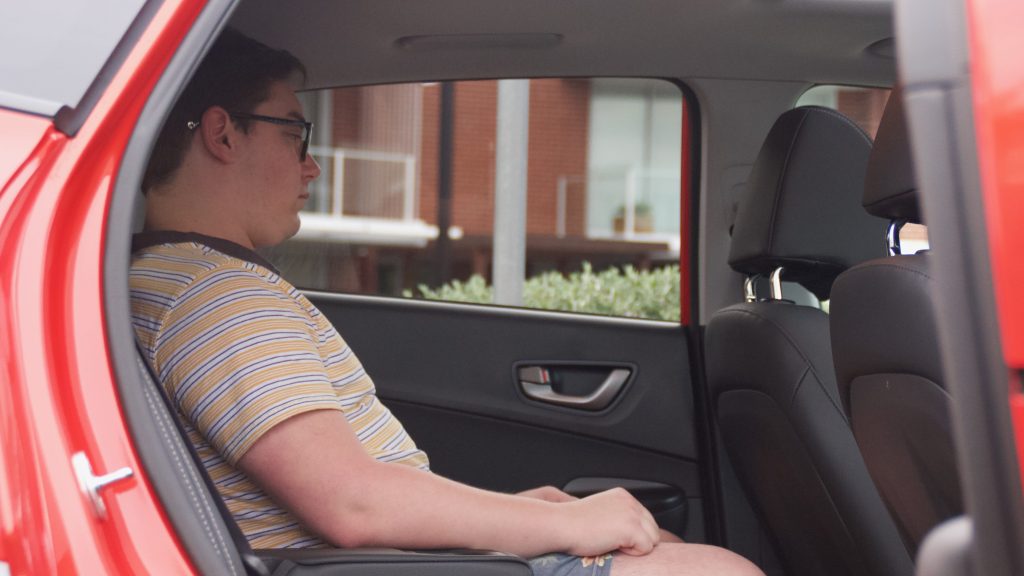
The only real concern with the Kona is the drivetrain, which offers enough punch but it’s quite thirsty for its size. Choosing the pricier 1.6-litre turbo engine fixes the economy slightly, but it’s still nothing like the Toyota C-HR hybrid. But overall the Kona is a stylish and versatile little car that can suit almost all lifestyles.
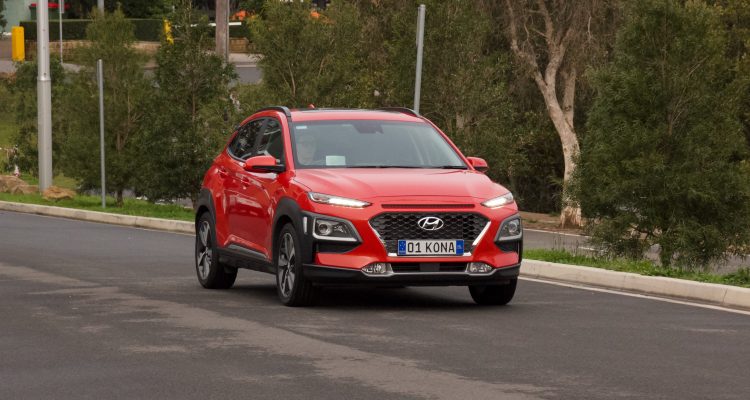
Leave a Reply